
Artists have twenty years to write their first album, and six months to write the second one, Elvis Costello once declared. But then again, David Lee Roth argued that rock critics like Elvis Costello because most rock critics look like Elvis Costello.
Those two statements really have nothing to do with each other, but they do provide a slick intro into this post, namely about trying (and failing) to follow up a hugely successful first album. I would imagine getting to the top of the mountain once is hard enough; doing it twice would be damn near impossible.
All of the three subjects here (all come from the first half of the 1980s) have a lot in common: Like The Knack in 1979, all three of these groups started out with a #1 album; their success somehow annoyed the prevailing rock hierarchy; the less successful follow-up came out far too closely on the heels of the first; they all broke up after releasing a third album that was less successful than the second; and finally, they all eventually regrouped in their classic incarnations to varying degrees of success.
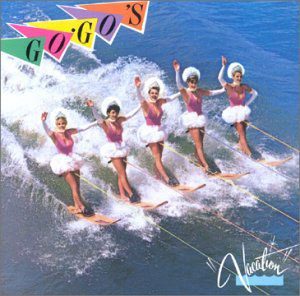
The Go-Go’s
Vacation
#8 (1982)
Coming out of the Los Angeles’ valley, the all-girl band The Go-Go’s took their debut, Beauty and the Beat to #1 in early 1982. Their infectious, pop/punk, surf-y, hook-filled tunes, paired with the party-girl attitude brought fame and acclaim, as well as scorn from the punk rock quarter, accusing them of selling out. Playing the arena circuit, opening for The Police along with their perky videos did nothing but help their quick rise to the top.
Released a mere four months after Beauty topped the charts, Vacation suffered from the classic follow-up disappointment syndrome; it stuck with a tried-and-true formula; only one or two tunes matched the level of material found on the previous album. The one hit, the title track, was the only enduring song from the album.
What happened next: The band wisely waited until 1984 before following up Vacation. While Talk Show featured stronger material (and a new producer), the album was even less successful than the previous two. Founder Jane Wiedlen quit after the tour; before anything else happened, the group called it quits the next year. Vocalist Belinda Carlisle went on to a spectacularly successful solo career; the other members had varying degrees of success in other projects. Their fourth album was released in 2001; they have continued to tour fairly regularly since then.
NOTE: The “official” video for the song “Vacation” is not available on YouTube at time of publication. We apologize for this inconvenience. If the video comes back online, we will insert into this post. Thanks for understanding!
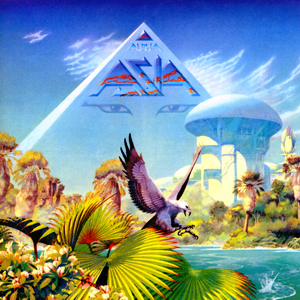
Asia
Alpha
#6 (1983)
Asia, a super group that consisted of former members of Yes, ELP, King Crimson and The Buggles proved that there are second acts in rock by releasing the largest selling album of 1982. Critics loathed Asia as much as the punters gobbled up their debut album, released in March 1982. Videos for “Heat of the Moment” and “Only Time Will Tell” were spun with great enthusiasm on MTV, then a fledgling music channel.
Bowing to the pressure of “let’s do it again,” the band was rushed into the studio in early 1983, while the debut was still hot. Their label, Geffen Records, also insisted that bassist/vocalist John Wetton and keyboardist Geoff Downes (the writing partnership behind the most popular tracks on the debut) do all the composing.
Guitarist Steve Howe, feeling naturally alienated by this provision, hardly makes his presence felt on the album, whose songs all sound like leftovers from the Asia sessions. There were two top 40 singles released; “Don’t Cry” and the fan favorite, “The Smile Has Left Your Eyes.”
What happened next: The ensuing tour was plagued by audience apathy; singer Wetton was given the boot and the MTV-sponsored “Asia in Asia” broadcast in December 1983 featured Greg Lake as bassist/vocalist. Wetton returned the following year, but Howe bowed out. 1985’s Astra was a vast improvement, but it was a case of too little too late, as it peaked at #67, after which they quietly called it a day. The original lineup reunited in 2006 for a series of decently-regarded albums and tours. Bassist/vocalist John Wetton died of cancer in January 2017.
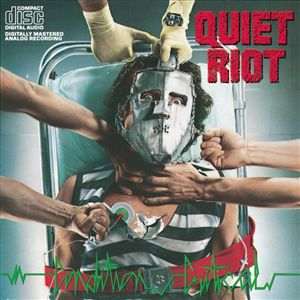
Quiet Riot
Condition Critical
#15 (1984)
Few bands were as universally scorned from the word go as was Quiet Riot, which is a shame, because they put years of blood, sweat and tears into it before they hit paydirt. In the second half of the 1970s, Quiet Riot paid their dues; they were regularly gigging alongside Van Halen on the Sunset Strip scene, but aside from two Japan-only releases, Quiet Riot had nothing to show for all their hard work. To add insult to injury, in 1979, Ozzy Osbourne poached guitarist Randy Rhodes for his solo band, effectively ending Quiet Riot’s career.
After Rhode’s untimely death in 1982, vocalist Kevin DuBrow exhumed the Quiet Riot name and along with guitarist Carlos Cavazo, bassist Rudy Sarzo (also an Osbourne alum) and drummer Frankie Banali, got a deal with Pasha Records, but the label had one demand; that they record a cover of Slade’s “Cum On Feel The Noize” on their North American debut, Metal Health. Agreeing to that (and to a lopsided contract that netted the performers very little for their recorded output) the band duly did what the label requested.
“Noize” became an unexpected top five smash; naturally, the label rushed them back into the studio, following the same blueprint. Like The Go-Go’s, seven months after being #1, a follow-up album was in the stores. This time was almost a clone to the letter; once again, the lead single was a Slade cover. But all the songs, including the single, weren’t as good as any of the material found on Health.
Kevin DuBrow, after years of obscurity, used his time in the spotlight to mouth off about everything and everybody, alienated both fans and peers. Suddenly the band everybody wanted to hate delivered a real reason to hate them, and Condition Critical, although a moderate success, quickly slid off the charts. In the big picture, it had no staying power (except perhaps as a cautionary tale for new artists), and none of the songs had any lasting impact.
What happened next: Bassist Sarzo bailed, and the band attempted a more “contemporary” sound with their 1986 release, QR III. More turbulence ensued, DuBrow was booted before the band imploded. In the mid-1990s, the classic reunited (both onstage and on album), but old habits die hard and once again, the band was plagued with turmoil and lineup changes. Vocalist Kevin DuBrow died of a drug overdose in 2007; today, the band carries on with drummer Banali as the only “classic” member left.
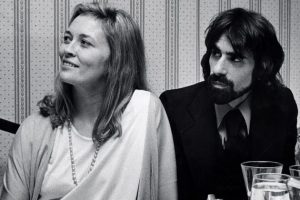
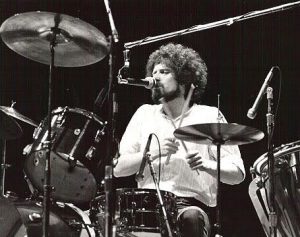
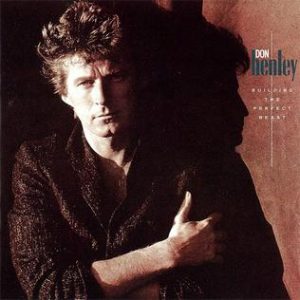 Serving as both drummer and (quite often) lead vocalist for the Eagles, Don Henley was already a known quantity when he released his first post-Eagles album in 1982. Although I Can’t Stand Still was moderately successful, it was 1984’s Building The Perfect Beast (and its lead single and video “The Boys Of Summer”) that made him a solo superstar.
Serving as both drummer and (quite often) lead vocalist for the Eagles, Don Henley was already a known quantity when he released his first post-Eagles album in 1982. Although I Can’t Stand Still was moderately successful, it was 1984’s Building The Perfect Beast (and its lead single and video “The Boys Of Summer”) that made him a solo superstar.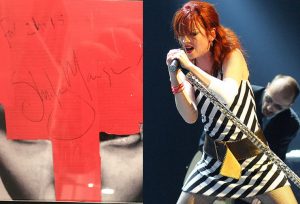
 Garbage was the result of three Midwest studio geeks paired with Shirley Manson, a fiery Scottish vocalist. Paying their dues with the commercially unsuccessful bands Spooner, Goodbye Mr. MacKenzie, Fire Town and Angelfish, Manson (yup, that’s her real last name) and company hit the big time with the release of their debut, 1995’s Garbage.
Garbage was the result of three Midwest studio geeks paired with Shirley Manson, a fiery Scottish vocalist. Paying their dues with the commercially unsuccessful bands Spooner, Goodbye Mr. MacKenzie, Fire Town and Angelfish, Manson (yup, that’s her real last name) and company hit the big time with the release of their debut, 1995’s Garbage.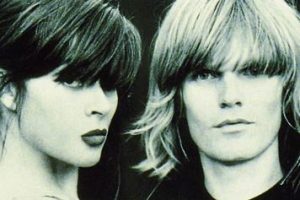
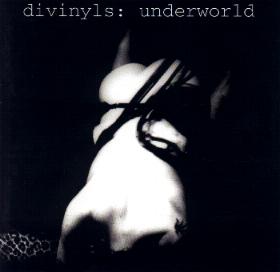 The Divinyls – a band from Australia – were regulars on college radio and MTV’s 120 Minutes for their first three albums (1983’s Desperate, 1985’s What A Life! and 1988’s Temperamental), but were not able to break through to the mainstream. (Maybe they were a little too edgy for middle America, but that’s just my guess.) Whatever the reason, they spent most of the 1980s trapped in cult status.
The Divinyls – a band from Australia – were regulars on college radio and MTV’s 120 Minutes for their first three albums (1983’s Desperate, 1985’s What A Life! and 1988’s Temperamental), but were not able to break through to the mainstream. (Maybe they were a little too edgy for middle America, but that’s just my guess.) Whatever the reason, they spent most of the 1980s trapped in cult status.